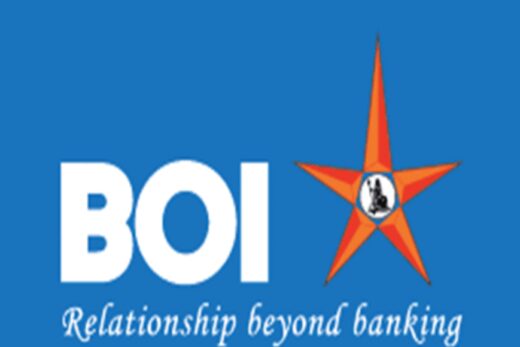In comparison, today, our corporate disclosures norms are at par with global standards, and all information is literally at our fingertips. And the credit for this achievement unquestionably goes to Sebi’s unrelenting agenda to augment disclosure and reporting requirements across the spectrum of business, financials, environmental, governance, etc.
In December 2019, Sebi mandated filing of the Business Responsibility Reports (BRR) by top 1,000 listed entities by market capitalisation for the financial year 2019-20. The market regulator also released a consultation paper in August 2020 on a new format of Business Responsibility and Sustainability Reporting. The new format will be adopted on a voluntary basis for the financial year 2020–21 and mandatorily from the financial year 2021-22.
The new reporting is aimed at bringing greater transparency through disclosures on Environmental, Social and Governance (ESG)-related information.
It is expected to aid market participants in identifying and assessing sustainability related risks and opportunities.
Before making the new reporting requirements mandatory from FY2021-22, the Sebi team led by the Chairman interacted with the industry captains across various sectors to better understand their perspective.
The discussions at roundtable centred around enhancement of key disclosures on environmental, social and governance to incorporate global practices in sustainability reporting. These disclosures are of growing importance to both investors and other stakeholders and will give a big fillip to transitioning towards sustainable investments and a sustainable economy.
Discussions across multiple sectors revealed that given the varying nature of businesses across industries, a uniform applicability of the reporting requirements may not be meaningful, practical, or effective. For the pharma industry, disclosure of year-on-year comparison of waste management and use of water was not appropriate, as pharma is not a continuous process industry and the disposal of waste and uses of water would vary from year on year. For the chemical industry, the focus of disclosure should be on the uses of fresh water and not of salt water. The textile industry recommended that impact on the local social ecosystem should be considered.
Power, aviation and auto sectors primarily focused on disclosures relating to Greenhouse Gas (GHG) emissions like SOx & NOx (Sulphur Oxide and Nitrogen Oxide) emissions. The participants agreed that the GHG disclosures, along with their classification as Scope 1, Scope 2 and Scope 3 was important.
However, while Scope 1 emissions (direct emissions from company-owned and controlled facilities and resources) and Scope 2 emissions (indirect emissions released from the consumption of purchased electricity, steam, heat and cooling) are comparatively easier to track, Scope 3 are hardest to monitor.
Scope 3 emissions are indirect emissions from upstream and downstream activities of a business, like emission on purchased raw material and end use of goods sold, carbon footprints of business travel and transportation, etc.
Accordingly, it would be advisable to put only Scope 1 and 2 emission related disclosures at an essential level, which is expected from every business that has adopted these guidelines. The Scope 3 emissions-related disclosures can be restricted to leadership level, which is expected of businesses which aspire to progress to a higher level in their quest to be socially, environmentally, and ethically responsible.
Even NOx and SOx disclosures can be at essential level for specific sectors with high emission and for others it could be just in the leadership category.
Another suggestion was to introduce these disclosures with leadership category and then gradually introduce them at essential level over time.
An aviation industry-focused consultation is needed as international bodies already have aviation related regulations.
There could be sector-specific disclosure requirements for this sector as a lot of it is already covered by the global emission body. The auto sector could start with the generic disclosures which could later be integrated into existing standards to ensure ease of compliance. Disclosure of PCB emission related show-cause notices should be applicable only in case of violations. In financial services, there was a consensus on the constitution of an ESG committee at the board level.
However, the level and periodicity of disclosure on data-privacy and cyber-security should not burden the smaller firms. Metals, Mining & Cement sectors suggested that Social Impact Assessment (SIA) reporting should be done on a project basis rather than on periodic basis.
Further, the energy consumption benchmark can be misconstrued as it varies from industry to industry. Health & safety condition related risk data is important, and companies should affirm having a policy in that regard. The Consumer Durables and IT sectors emphasised the need for a somewhat customised approach.
Disclosures should be based on the principle of materiality – focus should be on top 3 products based on materiality of carbon emissions, lifecycle assessment and the board’s view moving to products contributing 90% of turnover may only generate more paperwork.
Overall, it was also suggested that voluntary applicability of the reporting format be extended for two years instead of the proposed one-year period.
Sebi was very receptive to the suggestions and will likely consider the inputs in the larger interest and based on practicality.



